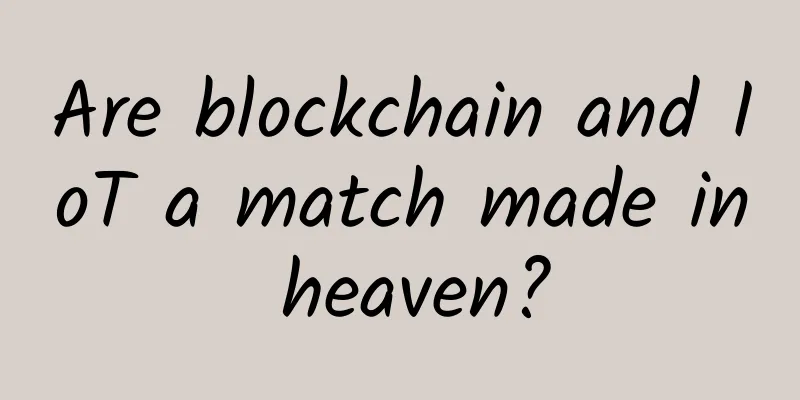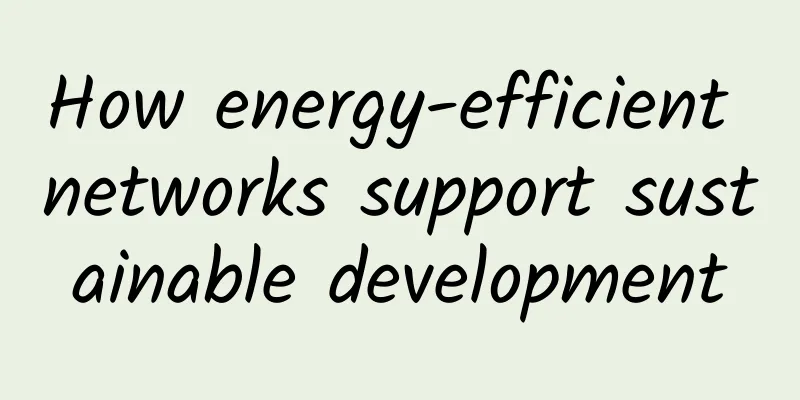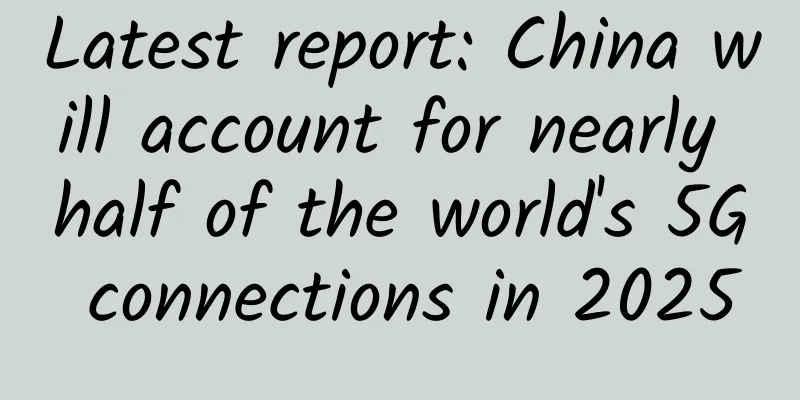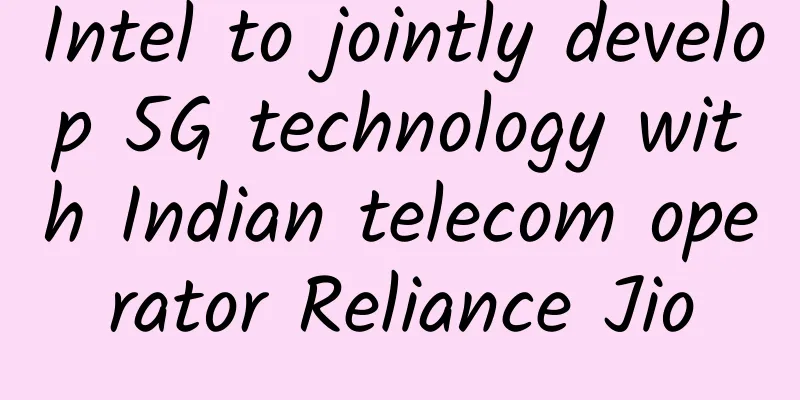Are blockchain and IoT a match made in heaven?

|
The Internet of Things (IoT) market is on an upward trend in 2017. Everything from home automation to smart city planning is part of the IoT. Even though research firm Gartner predicts there will be 20.4 billion connected devices by 2020, there are still questions about the traditional shortcomings of IoT networks. For example, if every home appliance relies on connecting to the Internet, then a simple hacker on the network can render most of the devices useless, or even attack the network to steal all the data transmitted by sensors in the Internet of Things. Even worse, if the encryption is not complete, all of the company's data can easily fall into the hands of hackers.
The traditional IoT is indeed insecure due to its centralized model. Any single point of attack on any large IoT infrastructure will have a negative impact on the functions of these devices. If blockchain technology with P2P verification becomes a new operating model that the Internet of Things can choose, basically, the data in the blockchain is encrypted, and in the field of the Internet of Things, each device can communicate with each other, and the use of blockchain can basically solve the problem of single point hacking. From another perspective, blockchain seems to bring great hope to IoT networks because of its decentralization, multiple layers of redundancy, exponentially enhanced security, and many other improved features, which also saves manufacturers from having to spend money on research and development to defend against traditional hacker attacks. Overall, Bitcoin was launched in 2009 and is the first practical application of blockchain. In digital currency cases like Bitcoin, blockchain is used as a public, distributed ledger that records transactions in a secure and immutable way. Today, companies are trying to integrate blockchain into almost all industries, from agriculture to logistics, and it has been repeatedly studied. This has also led to the emergence of many startups. After all, blockchain technology is still in its infancy. Although its financial applications have become the first field of trial, there are still many uncertainties in the advantages of blockchain outside the field of cryptocurrency. At present, some companies have begun to work on the integration of blockchain and the Internet of Things, and perhaps we will see results in the near future. From a theoretical point of view, blockchain seems to be the ultimate solution for the Internet of Things network, but before integrating these two technologies together, manufacturers still have to consider that the Internet of Things belongs to the technology industry and must be upgraded every few years, which is also a challenge for blockchain. In addition, the development of the Internet of Things has not yet reached a truly mainstream position, so there are still many areas that need to be improved, which is also something that manufacturers must think about. |
<<: Internet of Things, AI: Seven major trends that will reform enterprise IT in 2018!
>>: The 10 coolest software-defined networking technologies of 2017
Recommend
PacificRack has run away
The tribe has not shared any information about Pa...
Huawei launches new smart security brand Huawei HoloSens, leading the smart security market
Dongguan, China, August 8, 2019 - At the "In...
Tencent Cloud Lightweight Server Special, 2C2G4M Lightweight Server starting from 65 yuan/year
Tencent Cloud recently launched a limited-time sp...
Sharktech: $129/month-Dual E5-2678v3/64GB/1TB NVMe/1Gbps unlimited traffic/Los Angeles data center
Sharktech's low-priced configurations in Los ...
China's digital economy reaches a turning point from big to strong
[[396176]] On April 25, the Cyberspace Administra...
Five API Gateway Technology Options
This article intends to discuss gateways around s...
How can you avoid anxiety when doing SaaS?
1. The harder you work, the more anxious you beco...
UUUVPS: 60 yuan/month-1GB/30GB/4M/Hong Kong CN2 line
UUUVPS is now holding a three-year anniversary ev...
From "Chuan" to "Wang": With the change of one word, how does H3C reconstruct the smart system of urban governance?
In the past, one had to run back and forth betwee...
The three major operators' World Cup rates are released: the lowest is 14 yuan per day with unlimited data
The 2018 Russia World Cup, a football feast held ...
Three-minute review! A quick overview of 5G industry development trends in September 2021
After the rapid development in 2020, 2021 is a cr...
The future of communication in "no man's land" depends on them! Satellite Internet accelerates the arrival of 6G
[[349172]] In sparsely populated deserts and Gobi...
5G IoT empowers a new life in the future
So far, the focus on 5G has been mainly on the co...
Learn more about the basic features of Linkerd 2.10 and step into the era of Service Mesh microservice architecture
[[405370]] Linkerd provides many features, such a...
In response to the five major trends of application modernization in the financial industry, consistent delivery experience is the key
With the rapid development of digital technology,...









